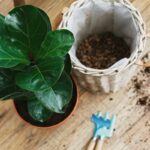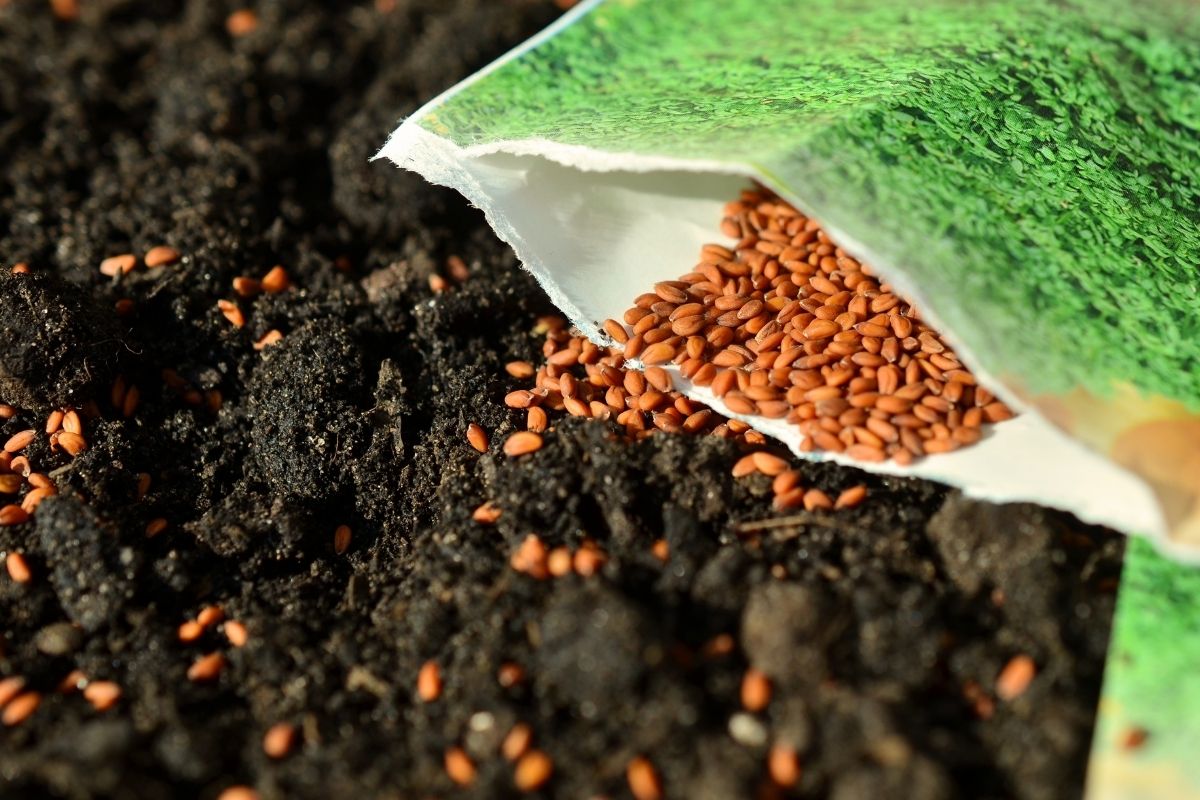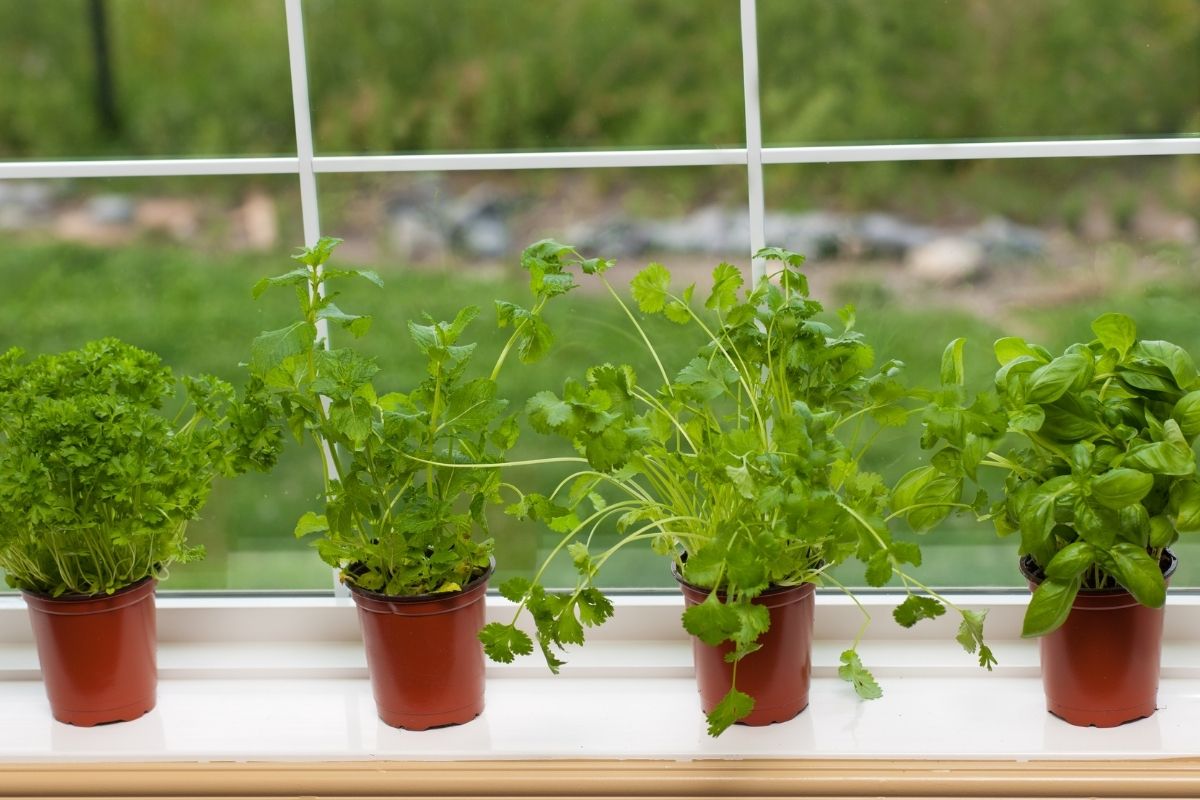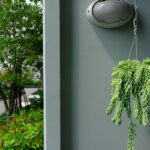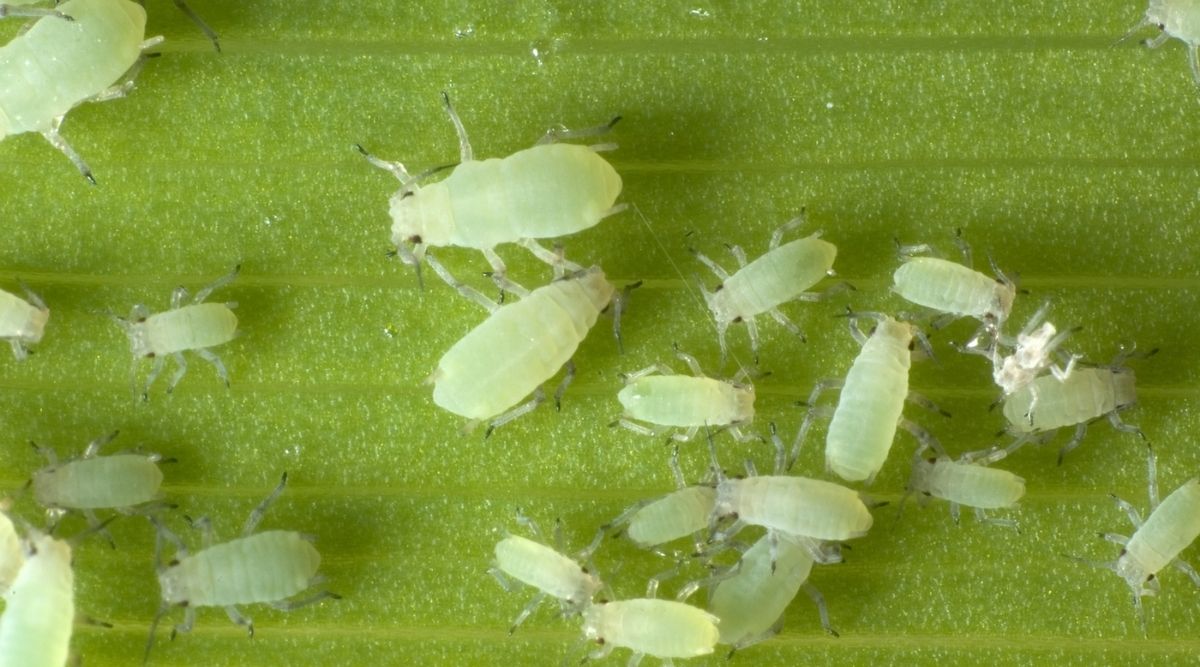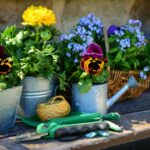Whether you’ve always had green fingers or you’ve recently decided to get into the gardening game as a hobby, one of the most important things that you’ll need to do when deciding to grow your seeds is whether, or not, they should be planted directly in the soil or not.
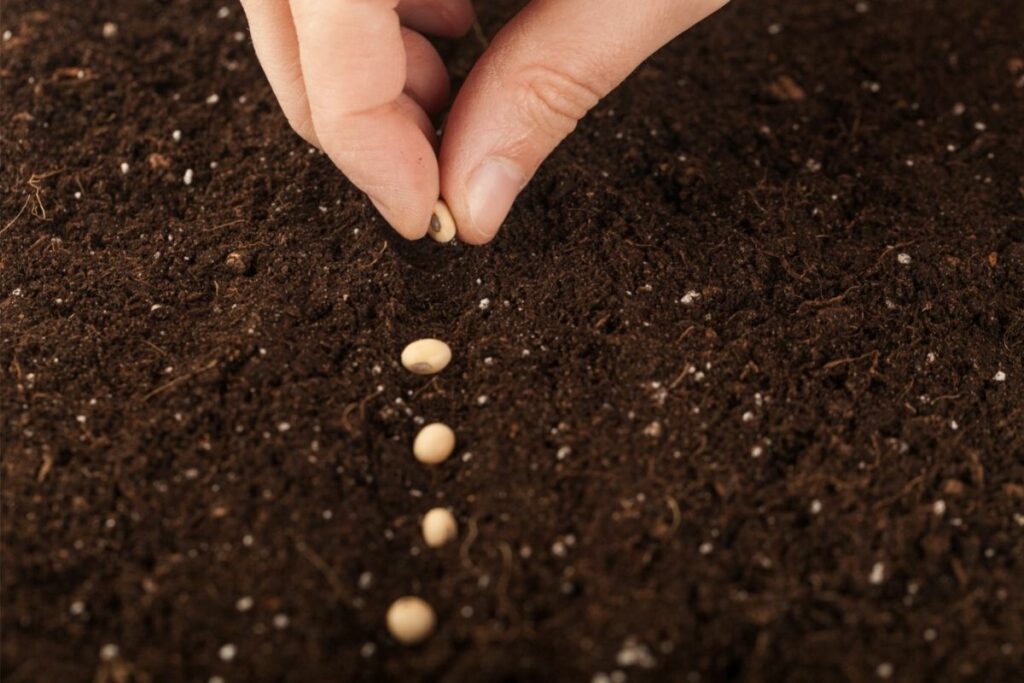
Otherwise referred to as direct sowing, choosing to put your seeds directly into the soil is one of the most popular ways to sow and grow seeds – and is a compatible growing method for a variety of different herbs, flowers, vegetable fruits, and annuals.
The only question is if it is possible to place seeds directly into the soil, how do you do it correctly?
If you’re currently asking yourself this, rest assured you’ve clicked on the right article. While it is certainly possible to place your seeds directly into the soil (aka, direct sow them) instead of growing them via a different method.
It’s still important to make sure that you know how to plant them correctly – and this is where we come in to lend you a helping hand.
Unlike other types of planting methods, direct sowing comes with a variety of risk factors that might impact the end yield, including insects, adverse weather conditions, and more.
Due to this, below, we are going to be sharing with you some helpful tips and tricks to planting your seeds via the direct sowing method. So, whenever you’re ready, just read on!
How To Plant Seeds Directly Into The Soil
Before you even think about planting your seeds into the soil, you are first going to need to make sure that you are taking into consideration the type of seeds that you are planting.
For the most part, direct sowing is a very simple and effective method to growing both vegetables and flowers (and even herbs).
But that doesn’t mean that it is a growing method that is suitable for all.
In particular, if you are planning on growing crops that need a longer than average amount of time to yield, it is worth noting that direct sowing is not the best option as the longer amount of time spent under the soil can often lead to root rot.
On the other hand, if you are going to be growing a herb or flower, then you are also going to need to make sure that you are doing your research about whether, or not, the direct sowing method is a good idea -as not all herbs and flowers are compatible with their seeds being sown directly into the seed.
This is most common in flower and herb seeds that require a very long time to grow, such as petunias, cosmos, marigolds, and poppies, so make sure that you are double-checking the species of flower or type of herb you are going to be growing to ensure that you aren’t making a mistake by direct sowing the seeds.
Step-By-Step Instructions
Prepare The Soil
First things first, you’re going to want to make sure that you have properly prepared the soil. To do this, take a gardening fork and gently begin to loosen the area of the soil that you want to plant the seeds.
If there are any rocks or big clumps of debris, then you should be sure to remove these from the area.
Add Fertilizer Of Your Choice
Once you have prepared the soil, and you are ready to go ahead and plant the seeds, you will then be ready to add fertilizer of your choice.
While this step is entirely optional, we do recommend that you consider adding a fertilizer prior to planting your seeds of choice, as this will help to optimize the growth and quality of the plant, vegetable, or flower that you are growing
Plant The Seeds
After you have prepared the soil and added the fertilizer that you would like, all you are then going to need to do is plant your seeds!
To plant your seeds, you are going to need to refer to the packaging that your seeds came in upon purchasing them, as it will contain all the necessary information that you will need to plant them correctly – including how deep you should nestle them into the soil.
It is very important that you make sure to follow the unique instructions provided to you, otherwise, you might incorrectly plant them and cause them to be unable to effectively grow.
If you would like, you could sprinkle a seed starting mix over the top of the planted seeds as a final finishing touch.
Final Words
There we have it! You’ve made it to the end of this article. Now that you have taken the time to thoroughly read through this article, we are hoping that you are now much more confident about how you can grow your seeds via the direct sowing method.
Remember, just like we’ve already mentioned above, opting to plant your seeds directly into the soil comes with its own set of challenges (such as adverse weather conditions, root rot, pesky insects, and more) so it’s important to make sure that you are planting them directly to prevent any of these issues from occurring.
Luckily enough, so long as you make sure that you are following all the steps and guidance that we have provided you with above, you’ll find that you are able to successfully plant your seeds directly into the soil without a hitch.
As a final parting note, why don’t you give this guide to direct sowing a bookmark? If you do so, it means that if you ever wanted to come back and refresh your knowledge of growing seeds by placing them directly into the soil, then you will know exactly where to find us.
Thank you for reading!
- Best Hanging Plant For Low Light - September 4, 2023
- Best Indoor Plants Florida - August 28, 2023
- Best Plants For Bathroom Smells - August 21, 2023


